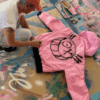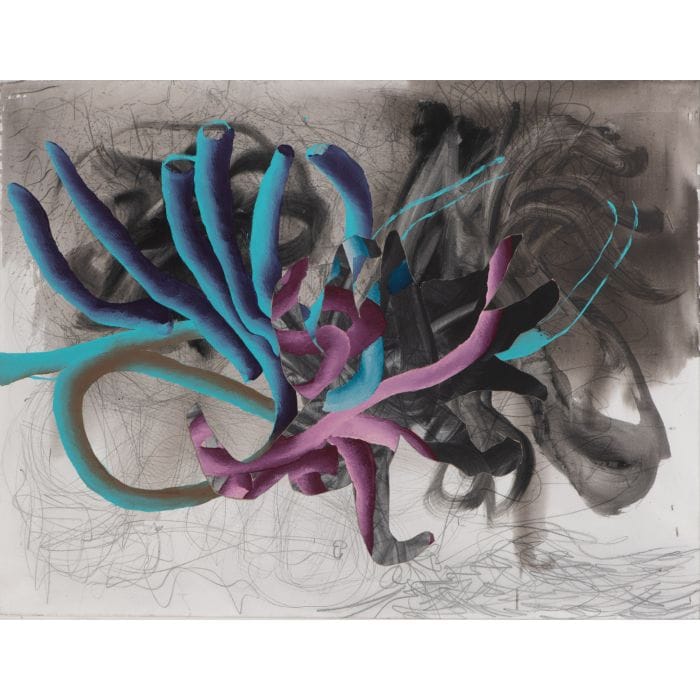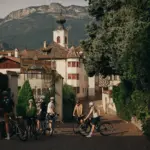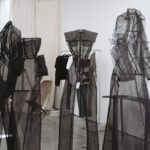Wolfgang Walkensteiner (*1949 in Klagenfurt) studied in the Master Class for Architecture under Prof. Schlesinger at the University of Applied Arts and completed his diploma studies in painting under Max Weiler at the Vienna Academy of Fine Arts.
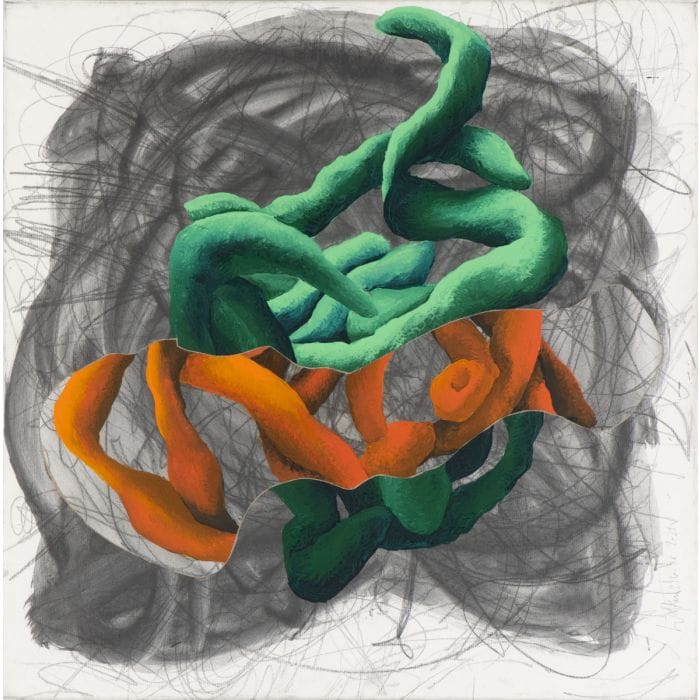
In 1976 Wolfgang Walkensteiner was one of the four representatives of Austria at the Biennale in Venice. This was followed by numerous exhibitions in many cities across Europe as well as a major solo exhibition in Kiev. Walkensteiner’s travels and study trips took him to Afghanistan, China, India, Nepal, the former USSR, and Paris, among other places. Wolfgang Walkensteiner’s works are represented in renowned private and public collections.
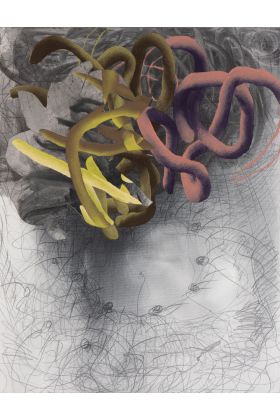
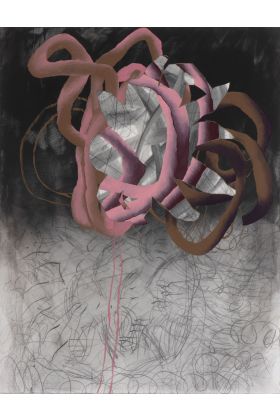
“When contemplating Walkensteiner’s sensual and theory-based art, one cannot ignore his specific technique. As a classical painter, which the artist sees himself as, he is naturally aware of the weight and gravity of art history, which, however, he does not burden himself with but rather uses with charm and nonchalance as his foundation.
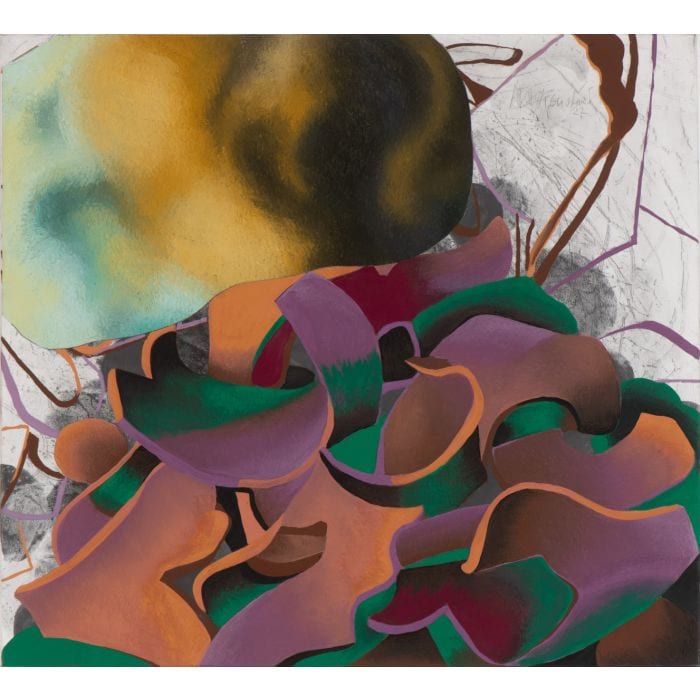
At the beginning, as with exemplary artists of the Renaissance, there is the drawing. However, he does not use the graphite pencil for a preliminary drawing that serves as a concept for an initial sketch of ideas or as an underlying drawing that outlines the composition, but he immediately and directly creates the background for his pictorial events from gestural abbreviations and graphic condensations.
He literally sets a form of order into the amorphous chaos, which stands out from the gray background not only because of its colorfulness. And, to further strain what the artist calls an old god, it should be mentioned that he initially models those painterly forms, which seem to hover above the drawing’s original state, in clay. Walkensteiner thus shapes the motif of his painting from clay, which in the next step, following the principles of mimesis, is realistically and perspectively correctingly painted with egg tempera.
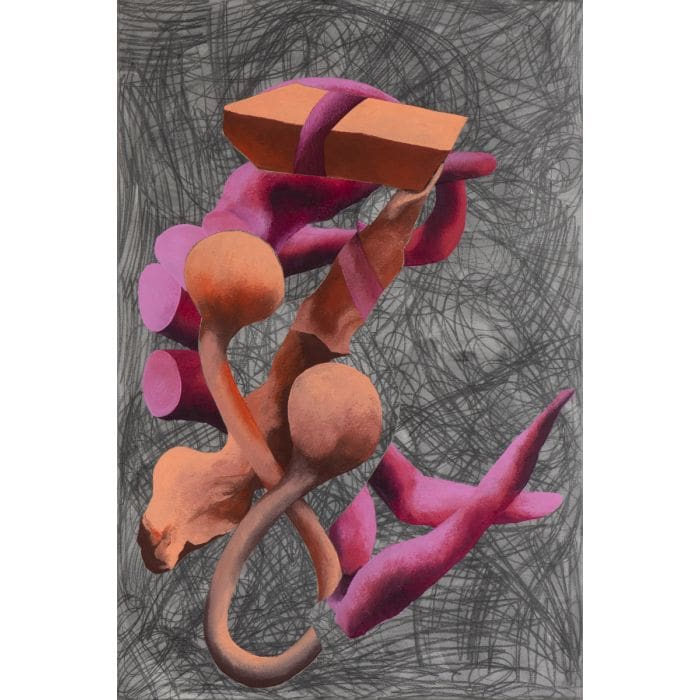
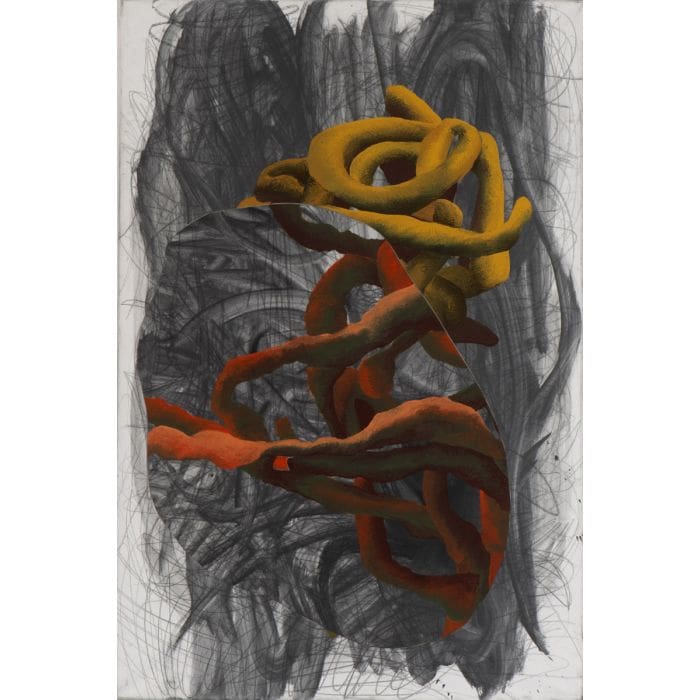
In addition to the interaction between drawing and painting and the interdependence of reality and depiction, the third approach should be mentioned. When a painting is completed in this way, the artist sometimes radically cuts it up and combines it anew with other fragments. Now, cutting and collaging images is not really a novelty, as it is one of the preferred strategies of the avant-garde. However, Walkensteiner does not simply destroy the image to then create collages and layer the individual parts over and next to each other, but he precisely fits the elements together like inlays.
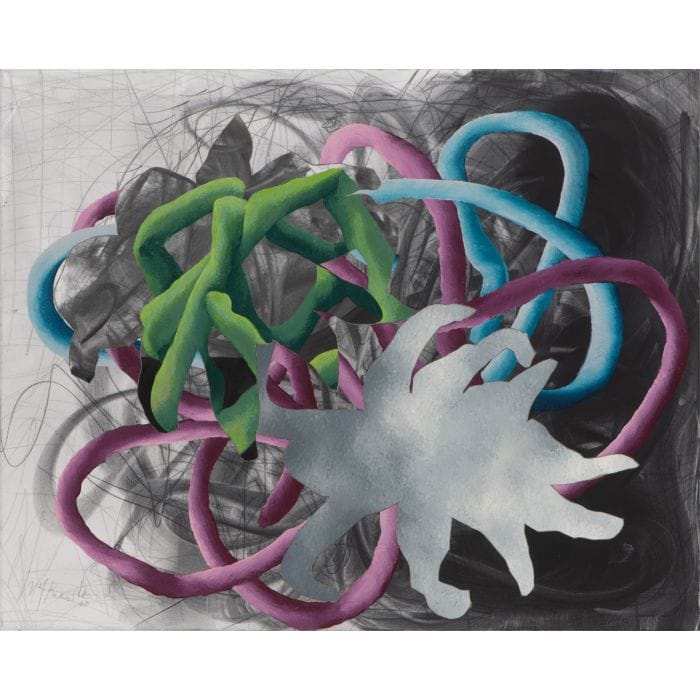
With the inlays Walkensteiner adapts an ancient decorative technique to deconstructively show us that things may not be as they are, a method that is meant to prompt us to think about this new disposition. It enables the artist to let the fixations of history and reality unfold according to different “rules of the game”. By spreading out the discontinuities of time, he not only forces the breaking of spatial-temporal unity in the entire image, but the displayed disparities simultaneously make visible the latent connections and the so-called red thread through his oeuvre.”
Excerpt from the text “Wolfgang Walkensteiner, why art and not not” by Roman Grabner, 2023



